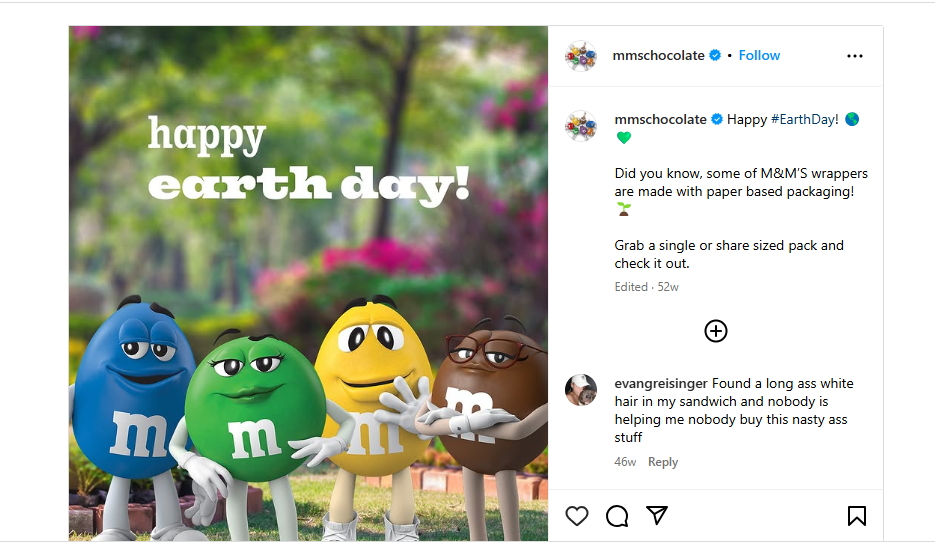
How to Use Hashtags Effectively in 2025 (and Actually Get Seen)
Remember when hashtags were the superheroes of social media? One little “#” could unlock major reach, build community, and trend faster than you could say #ThrowbackThursday. Whether it was #Blessed or #YOLO, people were learning how to use hashtags effectively. Drop a tag, and boom—you were part of the moment.
Fast-forward to 2025, and hashtags aren’t the social media power tools they once were. If you’re still stacking a wall of copy-paste hashtags and hoping for the best, it’s time for a reset. To cut through today’s crowded feeds, you need to use hashtags effectively, not excessively. So, is the hashtag dead?
Not quite. But it’s going through an identity crisis. Let’s dive into the decline, explore why hashtags aren’t hitting like they used to, and figure out how to use them smarter, not harder.
From trendsetter to try-hard: The hashtag glow down
When hashtags first hit the scene (shoutout to Twitter circa 2007), they served a clear purpose: organizing chaos. They grouped conversations, allowed topics to trend, and gave brands a direct line to ongoing cultural moments. And if you remember, Instagram soon followed this trend and suddenly #OOTD and #Foodie were ruling the algorithm and created moments overnight.
For marketers, hashtags were a dream: a free way to boost visibility, jump into trending conversations, and track engagement. Campaigns often lived and died by their hashtag game.
But now? Hashtags aren’t the force they once were—and here’s why.
The algorithm doesn’t care about your #Inspo
Algorithms for social media have advanced beyond simple keyword-based classification. Platforms like Instagram, TikTok, and LinkedIn increasingly employ AI to evaluate visual material, captions, and user behavior to produce relevant postings rather than depending on hashtags. Your #MondayMotivation might be cute, but the algorithm is more likely to push your post if it’s engaging and contextually relevant, with or without a hashtag.
Hashtag overkill: When everyone’s #Blessed, no one is
How many times have you seen a post with a caption like this: “Loving this view! #vacationmode #travelgram #wanderlust #paradise #nofilter #photooftheday #blessed #sunsetlover #instagood #beachlife”
Whew. That’s not a caption, it’s a keyword soup. When everyone uses the same popular hashtags, they lose their unique purpose. Instead of standing out, you end up lost in a digital crowd of millions using #blessed the same way. A crowded tag won’t help unless you use hashtags effectively within niche conversations.
Spammy tags = Shadowbans
Platforms have cracked down on spammy behavior, including hashtag misuse. Repeating the same hashtags across posts, using banned or overused hashtags, or stuffing captions just for reach can actually harm visibility. Instagram, in particular, has quietly deprioritized content that looks like it’s “trying too hard.” And let’s be honest: traditional hashtag strategies do kind of scream 2016.
Are hashtags dead? Not yet — just smarter
Hashtags aren’t dead — they’re just getting smarter. Today’s winning brands know that hashtags work best when paired with real, organic trends rather than forced campaigns.
Instead of launching random branded hashtags and hoping they’ll magically go viral, smart marketers are tapping into existing cultural conversations where their voice feels natural.
Consider hashtags as little but effective marks that assist in classifying your content inside ongoing conversations, rather than as loudspeakers shouting into space.
During major events like #EarthDay, when a brand joins into the conversation with genuine relevance — not just self-promotion — it feels authentic and welcome.
For example, in 2024, M&M participated in Earth Day by promoting its sustainability initiatives, such as using eco-friendly packaging. They used hashtags like #EarthDay and #EcoFriendly to align with the day’s theme. The rule now? Blend in first, stand out later.

How to use hashtags effectively in 2025: What works (and what doesn’t)
Hashtags are far from dead—they’ve just evolved.
Savvy marketers will employ hashtags in 2025 for purposes other than mere volume. Choose a few specific, specialty hashtags that relate your material to current cultural discussions rather than simply stuffing articles with general keywords. By implementing focused hashtags that reflect your brand’s voice and values, you increase the chance of reaching a relevant audience in a more specific way.
Relevance is more important than quantity. For example, use three to five more focused hashtags, such as #SustainableMarketing or #EcoBranding, rather than dozens of general ones, like #MarketingTips. While remaining loyal to your mission, these will help you stand out in a sea of content. When quality hashtags connect with your audience and complement your overarching plan, they increase engagement.
Lastly, remember that hashtags should feel organic. Use them to add context, not clutter. Ensure your message is appropriate for discussions like #EarthDay or #WomenInTech. The more natural your use of hashtags, the more likely your audience will engage with your content—and, ultimately, your brand.
Beyond the hashtag: What’s driving discoverability now
The way that brands interact with their audiences is changing along with social media. Smart brands no longer chase virality—they use hashtags effectively by blending into cultural conversations naturally. Tthe future lies in deeper, more personalized strategies beyond simple tagging, creating meaningful engagement that cuts through the noise. So, if hashtags are losing heat, what’s taking their place?
SEO for social
Social platforms are acting more like search engines. Your caption copy, keywords, and even in-video speech are being indexed for search. Think “social SEO.” Use natural language, clear descriptions, and searchable terms.
AI-driven personalization
Platforms are getting scary-good at understanding what we want to see. Based on engagement history, watch time, and visual clues, they’re customizing feeds without needing you to tag #puppies to see puppy content. The same logic applies to brands.
Social listening and community building
Want to trend? Create moments that people naturally want to talk about. Challenge your community, respond to comments, and build real engagement—not just visibility.
Cut to the chase
Hashtags aren’t dead, but how you use them matters more than ever. In 2025, it’s essential to use hashtags effectively by choosing 3–5 specific, relevant tags that support your brand and spark real engagement. Skip the clutter, aim for context, and create smarter conversations. Ready to #SmartTag? Tag with purpose, not panic.


